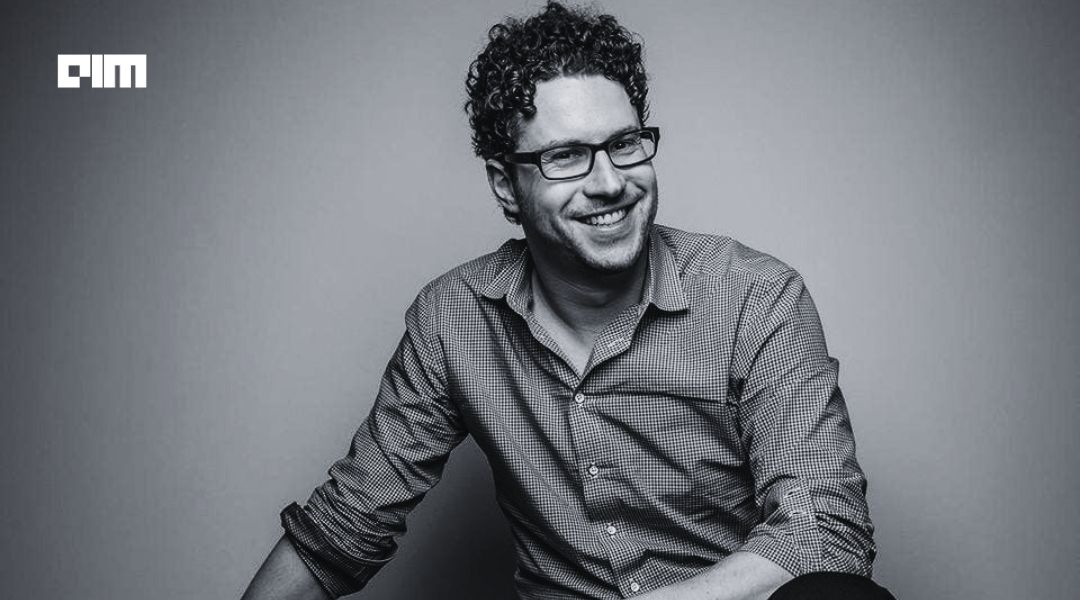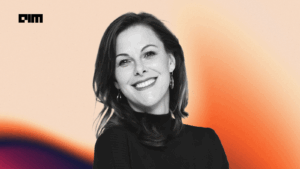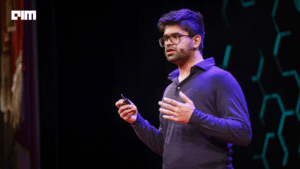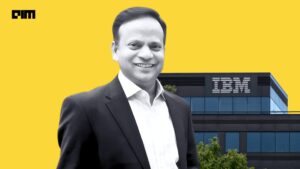When Dr. Stephen Krieger, a neurologist at Mount Sinai, needed guidance on a rare infection, he didn’t reach for a textbook or scroll through outdated medical portals. He opened OpenEvidence, an AI-powered clinical assistant that answers real-time questions using only peer-reviewed medical literature. Before using it on a patient, he ran a test asking the platform to summarize one of his own published studies. The response captured the paper’s findings accurately and it surfaced limitations Krieger hadn’t yet written.
“I thought that was kind of great,” he said.
That interaction is emblematic of a shift happening across U.S. healthcare. OpenEvidence, founded in 2022 by Kensho founder Daniel Nadler and machine learning researcher Zack Ziegler, is becoming the default way doctors access medical knowledge. The app is used in more than 8.5 million patient consultations per month by over 430,000 physicians roughly 40% of all practicing doctors in the U.S. According to the company, one in three Americans this year will be treated by a physician using the platform.
And unlike most enterprise healthcare software, OpenEvidence didn’t get there through hospital procurement. It’s free for verified clinicians. There are no salespeople. Growth has been direct to clinician, viral in nature, built through reputation, not sales decks.
“When one doctor pulls out their phone during rounds and looks something up, others ask what it is,” Nadler said. “That’s our entire go-to-market motion.”
Doctors type or speak a question in natural language about drug interactions, rare diseases, emerging studies and get an answer grounded in the highest quality sources: the New England Journal of Medicine, the full JAMA portfolio, Mayo Clinic Proceedings, and more. Everything is cited. Users can drill down into study design, sample sizes, population diversity, and full data tables. There is no web scraping. No hallucinations. No filler.
“Trust matters in medicine,” Nadler said. “We trained this on gold-standard content, and the result is a black-and-white difference in accuracy.”
That uncompromising foundation is what drew in GV, Kleiner Perkins, Sequoia, Thrive Capital, Coatue, and others who have now invested more than $250 million in the company. GV led the Series B round and joined the board.
“OpenEvidence is the fastest-growing healthcare application ever built,” GV partner Ben Robbins wrote in a public announcement. “They hit 358,000 consults in a single month last year. Now they hit that number in a day.”
Nadler isn’t new to this scale. His first company, Kensho, sold to S&P Global for $700 million. But OpenEvidence is personal. His grandfather died due to a medical error. Ziegler, his cofounder, saw his brother-in-law battle leukemia at 22. Both experiences shaped their ambition to close the gap between research and practice.
“There’s this enormous amount of complexity,” Ziegler said. “But the way doctors access it is still flipping through a textbook.”
Medical knowledge now doubles every 73 days. Clinicians, already facing burnout and high patient loads, are struggling to keep up. OpenEvidence was built to function like a team of PhDs working behind the scenes, one that understands a question, synthesizes the relevant literature, and returns an answer instantly.
A new feature, DeepConsult, chains insights across multiple studies to help physicians reason through multi-step questions like comparing treatment pathways or flagging contradictions in research. “It’s like having a research assistant that works 24/7 and never misses a paper,” said Dr. Travis Zack, the company’s medical director.
Importantly, the platform avoids FDA regulation because it doesn’t diagnose or treat. It acts as an informational tool for licensed professionals, enabling rapid integration into clinical workflows without regulatory hurdles. That has helped adoption scale faster than nearly any other AI product in healthcare.
And unlike AI tools that rely on raw LLMs or scraped data, OpenEvidence is trained entirely offline, using only licensed, peer-reviewed content. That closed-loop architecture, combined with partnerships across the medical publishing ecosystem, is what allows physicians to trust the platform in high-stakes decisions.
“We’re not just building a chatbot,” Nadler said. “We’re building medical superintelligence.”
That trust has created space for an unconventional business model. The product is free for physicians. Revenue comes from advertising primarily pharmaceutical companies who want to present peer-reviewed information about therapies within the platform. Sponsored answers are clearly labeled, and citations remain mandatory.
“People hate on advertising. I love advertising,” Nadler said. “It means we can keep the product free and invest in improving it every day.”
OpenEvidence now generates more than $50 million in annualized ad revenue, with over $350 million in unsold inventory available. As adoption grows, so does the value of the model—and the quality of the recommendations it delivers.
“AI is garbage in, garbage out,” Nadler said. “Gold in, gold out.”
The company has secured partnerships with the American Medical Association, NEJM Group, and the Mayo Clinic. Nadler was recently named to the TIME100 Health list for his influence in global medicine. Sequoia’s Pat Grady called OpenEvidence “a consumer internet company disguised as healthcare infrastructure,” and GV’s Krishna Yeshwant, himself a practicing physician, now uses it daily.
That conviction came to a head during a daylong meeting in Nadler’s living room. GV’s life sciences team flew in from Cambridge for what was meant to be a 90-minute conversation. Six hours later, they offered to invest on the spot. “Daniel’s fear isn’t failure,” Robbins said. “It’s not achieving true greatness.”
So far, the numbers back him up. Hundreds of thousands of clinicians are already using OpenEvidence. Every query improves the system. Every click builds a better foundation. And it’s not going away. As Ziegler put it, “We’re building something that compounds forever.”










